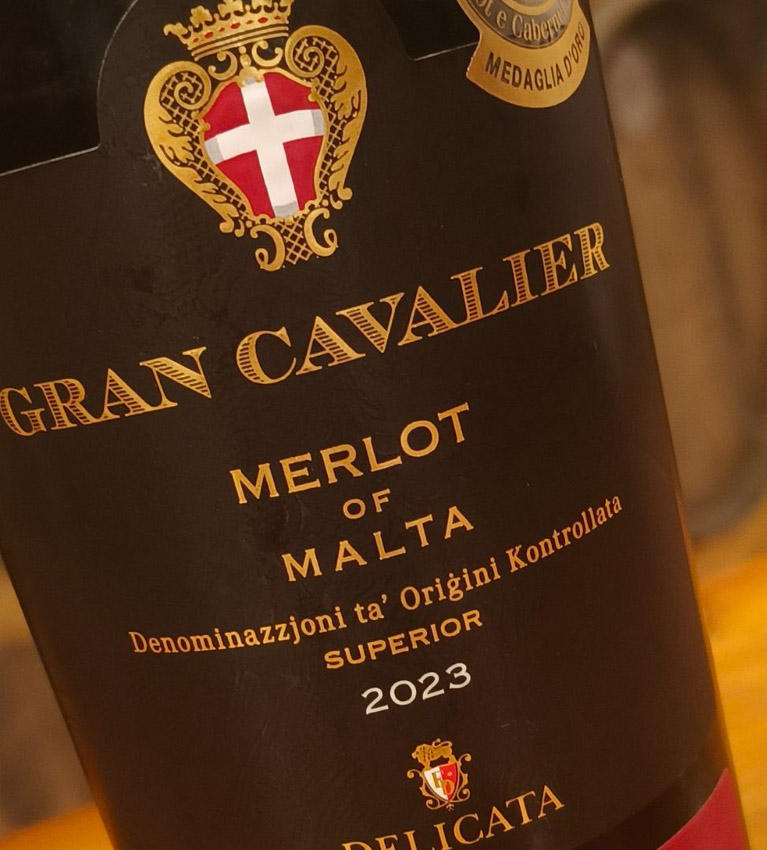
An Analysis of Malta’s Viticulture: Vintage 2023
February 4, 2024

Interior Design – Adaptive Reuse
January 31, 2024
MTA Stores: A Testament to Dedication and Global Outreach
March 3, 2024The particularity of wine, when compared to other alcoholic products is that each vintage is characterised by the year’s particular growing climate. Some vintages remain popular with the connoisseur for their exceptional qualities.
Vintage 2023 will however be remembered more with the growers for the challenges brought by the climatic conditions during the growing seasons.
During late winter, when the vines are usually pruned, the weather was cold and rainy in February 2023. Late winter rain is usually promising as it replenishes the water reserves in the soil that can be used during the growing season. This is also advantageous because the vines are still dormant and without foliage that may otherwise be damaged if already growing. March continued with quite low temperatures, especially by local standards. We also experienced low rainfall.
By spring, these weather conditions contributed to a slow bud break in the vines and not as regular as it should be especially for the indigenous grapevine varieties, the Girgentina and the Ġellewża since these usually prefer warmer growing conditions. This resulted in late shoot formation when compared to the average years and late flower formation. The international varieties such as the Chardonnay, Merlot, Cabernet and the Syrah were somehow less affected since most fare well in cooler climates too.
To complicate matters, sporadic rains continued in April, May and June, when the vines had extended shoots and the first leaves had fully formed. These weather conditions are excellent growing conditions for grapevine downy mildew (Plasmopara viticola); a disease that attacks the tender green parts of the grapevine, including the leaves, stem and the developing flower bunches. Whilst some vine varieties have a good degree of resistance to this disease, other varieties are more susceptible.
The indigenous varieties Ġellewża and Girgentina are more susceptible to this disease since these varieties are adapted to the hot and dry climatic conditions in Malta where the rain usually tapers off after the end of March and the incidence of downy mildew is usually lower. To counter this disease, the growers apply various agronomic practices that range from green pruning, good trellising and plant protection products applications.
Since the temperature remained lower than usual until June, the grapevines continued to develop slower than usual and the shoots remained quite tender until the end of June. The bunches maturity at this time of the year was lagging behind by days when July began. July brought higher temperatures and at the end of the month, a raging heatwave with temperatures of over 40°C took over the islands.
Whilst this is already harsh in regular years, this was even harsher for the still tender vine shoots and leaves. In these conditions, growers need to be vigilant with irrigation to avoid arid conditions in the vineyard and maintain enough humidity levels within the soil.
On a more positive aspect, these hot conditions usually block all pests and diseases in the vineyard as the temperatures are usually too high for the insects and funguses to continue with their cycle. Notwithstanding, in some areas the damage has already been done and grape growers started reporting considerable yield losses in their vineyard.
The harvest proceeded as usual, where in most cases it was later than usual and with lower yields across most varieties, especially for the indigenous varieties. This however did not negatively impact the quality of the grapes and the wineries proceeded with the fermentation and production of their respective wines.
This collective effort, dedication and knowledge from the local grape growers and wineries across the islands are always imperative and reflected in these distinct wines, allowing wine drinkers to fully appreciate the laborious efforts behind every glass of good wine.

Darren Borg
Darren is Chief Agricultural Office within the Agriculture Directorate. Graduated from the University of Udine, Italy in Viticulture & Oenology. Has 19 years experience working in the Agriculture Directorate, with 3 of these working directly on wine. Presently Head of Unit at the National Viticulture and Oenology Centre in Buskett (Dingli).
Click here to see Horeca Issue 14 online



